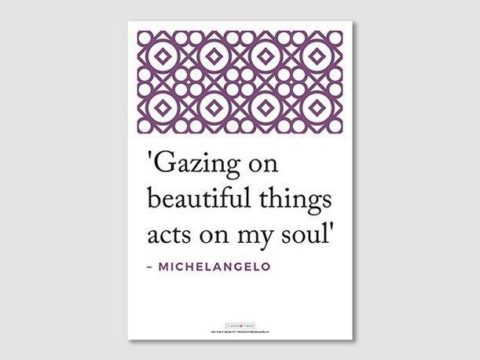John Knox: Life Story
Chapter 17 : Further Dispute with Mary
Knox aggravated many of his supporters by preaching loudly against Mary’s intention to marry. She had not yet identified a suitable spouse, but was in negotiation with various Catholic princes. This was going too far, even for many of Knox’s supporters, and he had limited support when he again answered Mary’s summons to Holyroodhouse.
The Queen, still only twenty-one, was at her wit’s end. She told Knox that she had put up with his diatribes against her and her uncles, that she had given permission for him to tell her of her faults, that she had sought to reconcile him in every way possible, but that she could ‘never be quit of [him]’. Thoroughly upset, she cried copiously. Knox responded that, when she had been guided by God to see the error of her ways, she would understand that she had no reason to be offended by Knox’s plain speaking.
Mary demanded by what right any call he might have from God gave him authority to discuss her marriage? He responded that it was his duty to make sure that none of her nobles should so far forget God as to agree to her marriage to an ‘ungodly’ husband. If they did, then Mary and her future husband would have to be hedged about with restriction, to prevent them harming the Kirk.
Mary cried again, and Knox told her that he did not rejoice to see her weep – he could scarcely bear, he said, to see his sons cry, when he had to punish them. But as he had spoken only the truth, he would have to tolerate seeing her tears.
Knox was sent from the room, whilst Mary composed herself. He spent his time profitably by informing her waiting ladies that the worms would eat their flesh, and their gorgeous apparel would not fit them for heaven. Mary was unable to endure seeing Knox again. She was dissuaded from punishing him for his words, but she never sent for him privately again. There was no hope of them finding an accommodation.
Matters came to a head when mass was heard in Mary’s chapel in her absence. Protestants, led by Patrick Cranstoun and Andrew Armstrong, broke in and twenty-two people were prosecuted for attending the forbidden service. Mary had Armstrong and Cranstoun arrested, and their trial was set for 24th October 1563. Knox preached against it, and summoned true Protestants to come to protect them. It resulted in stalemate – no-one heeded Knox’s summons, but the trial was postponed and no further action taken.
Knox was summoned before Queen and Council. He was warned that he might be charged with treason, and advised to apologise, but he refused. Knox entered the Council chamber and was confronted with one of his letters urging Protestants to come to Edinburgh to support Cranstoun and Armstrong. Was this not proof of treason, the Queen asked? That he should incite disobedience?
Maitland asked him to repent, but Knox maintained that he had committed no offence. Mary then asked by what authority he gathered her subjects? Ruthven intervened, by saying Knox regularly gathered her subjects for sermons.
Mary waved Ruthven away, and pursued her point. Leaving aside sermons, what business did Knox have convening multitudes? She read aloud from one of his letters that the trial of the two men was but the precursor to persecution, and that the ‘obstinate papists’ were the enemy, and those who had roused the Queen’s anger against Cranstoun and Armstrong were the spawn of Satan. This shocked some of the Councillors, and Knox was told to remember he was not in the pulpit.
Knox merely responded that he spoke the truth and that the Queen was surrounded by flatterers and the enemies of Christ. He was dismissed, and departed with a prayer to Mary that she be delivered from ‘papistry’.
Mary’s Council were not persuaded that Knox had committed treason, and voted to exonerate him. The Queen was angry. Her authority had been severely undermined, but she could do nothing.




